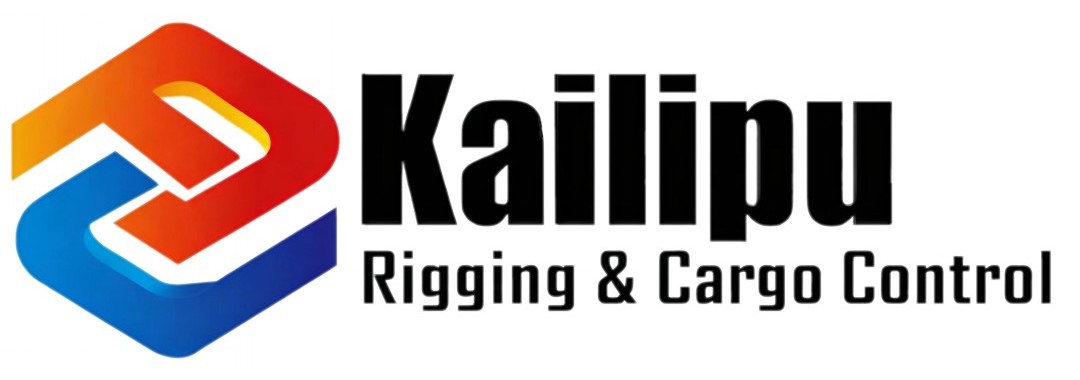Understanding the Color Identification of Round Lifting Slings
In the world of lifting and material handling, safety is paramount. Whether on a construction site, warehouse or industrial environment, the correct identification and use of lifting equipment is crucial. Among these tools, the round lifting slings stand out as a versatile and indispensable asset. But did you know that there is often a silent language hidden in the colors of these slings?
What Do the Round lifting Slings Colors Mean?
Round slings come in a variety of colors, each representing a specific load capacity or material. Industry standards stipulate that different colors of lifting belt outer skins represent different tonnages. The purpose is to allow users to easily distinguish the ultimate working load of the product.1 ton is purple, 2 tons is green, 3 tons is yellow, 4 tons is gray, 5 tons is red, 6 tons is brown, and 8 tons is Blue, 10-100 tons are orange.

Why Does Round Sling Color Matter?
Understanding the color identification of round lifting slings isn’t just about aesthetics; it’s about safety and efficiency. By adhering to the color-coded system, workers can quickly assess the appropriate sling for a given task, minimizing the risk of accidents or overloading. Some people may ask, if the product does not have a label, why should it be distinguished by color? Of course, there is a label, and the various properties of the product are clearly stated on the label. In the short term, the label can be identified. However, if heavy objects are lifted for a long time, the label will gradually wear out. After wear, the tonnage of the product cannot be distinguished through the label, which may easily lead to misuse. Lifting hazard. Colored lifting straps can easily identify the working load through the color, which can avoid lifting accidents.
Safety First: Tips for Proper Sling Usage
While color coding provides a helpful guideline, it’s essential to follow manufacturer specifications and industry standards rigorously. Here are some additional tips for safe sling usage:
- Inspect Regularly: Before each use, inspect the sling for signs of wear, damage, or deterioration. Any compromised sling should be taken out of service immediately.
- Follow Loading Guidelines: Never exceed the rated capacity of the sling. Distribute the load evenly and avoid shock loading, which can cause sudden failure.
- Secure Connections: Ensure proper attachment and securement of the sling to lifting points. Use appropriate hardware and follow rigging best practices.
- Train Personnel: Provide comprehensive training to workers involved in sling handling and lifting operations. Equip them with the knowledge and skills to use slings safely and effectively.
- Replace When Necessary: Over time, slings can degrade due to exposure to harsh environments or frequent use. Replace slings as needed to maintain optimal safety and performance.
Conclusion
In the complex tapestry of industrial operations, round lifting slings play a crucial role as silent sentinels of safety and efficiency. By understanding the color identification system, workers can navigate the lifting landscape with confidence, knowing they have the right tools for the job. Remember, when it comes to lifting, decoding the colors isn’t just about seeing the rainbow – it’s about ensuring a brighter, safer future for all.
So, the next time you encounter a round lifting sling, take a moment to appreciate the significance of its color. It’s not just pigment on fabric; it’s a language of safety and reliability, speaking volumes without saying a word.
Reliable Webbing Sling Supplier in China
Kailipu is a leading supplier and exporter of lifting and rigging equipment in China. We offer a complete range of high-quality slings for rigging and lifting work. If you’re looking for a great round lifting slings supplier, let Kailipu be your first choice. Browse our website or contact our team at [email protected], Kailipu will work with you to make better rigging and lifting products.

